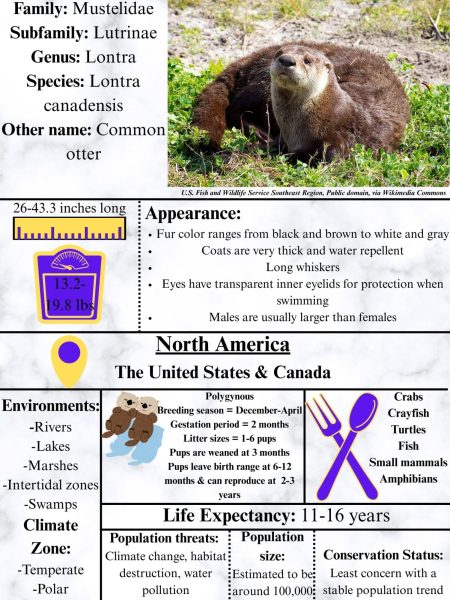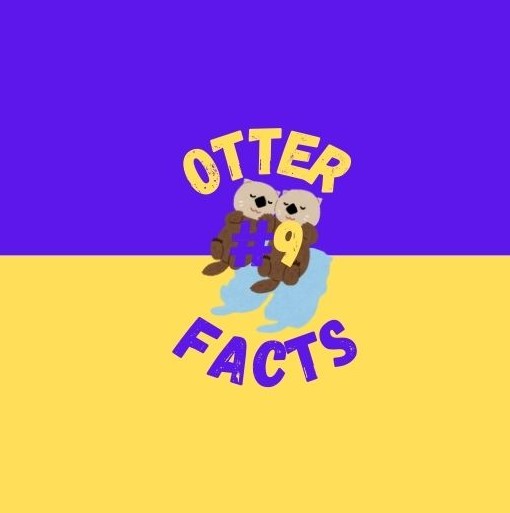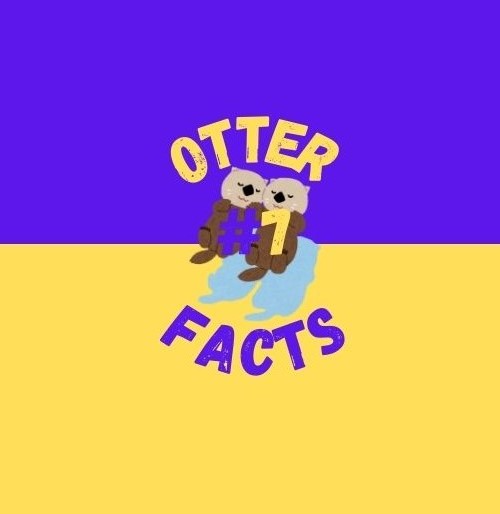Otters. You know why you’re reading about them, right? JVA is the home of the otters; you’re an otter. The picture for the student group in Schoology and the weekly Otter News shows that… and, well, tells that. Our drawn mascot may not have the appearance of real otters–they don’t have abs and can’t stand on just two legs unfortunately–but the spirit is still there. No one can deny that we’re the JVA otters. But what about the real deal? What is the real life animal our mascot is modeled after like? Glad you asked.
As you may remember, there are 13 species of otters. They’re all otters, but there’s still differences between them. What are those differences? Well, let’s take a deeper look at each species to see!
Eurasian Otter

North American River Otter

An obvious difference between these two species is their genus and scientific name, as well as their appearance. With different species or subspecies differences in color, size, location, family life, and diet can be predicted. However, that is not always the case.
Some similarities include:
- Being polygynous
- Living in a temperate climate zone
- Having darker backs and lighter undersides
- Having amphibians as part of their diets
Some differences include:
- Size: Eurasian otters have on average shorter bodies than North America river otters. Their weights are relatively close, however.
- Climate: both species do live in temperate and cooler zones, but Eurasian otters also have a range extending to tropical zones.
Clearly these two otter species, while living on different continents, are similar and different in numerous ways. No matter how they live, where they live, or what they eat, Eurasian otters and North American river otters are both amazing animals and deserve all the love!

























